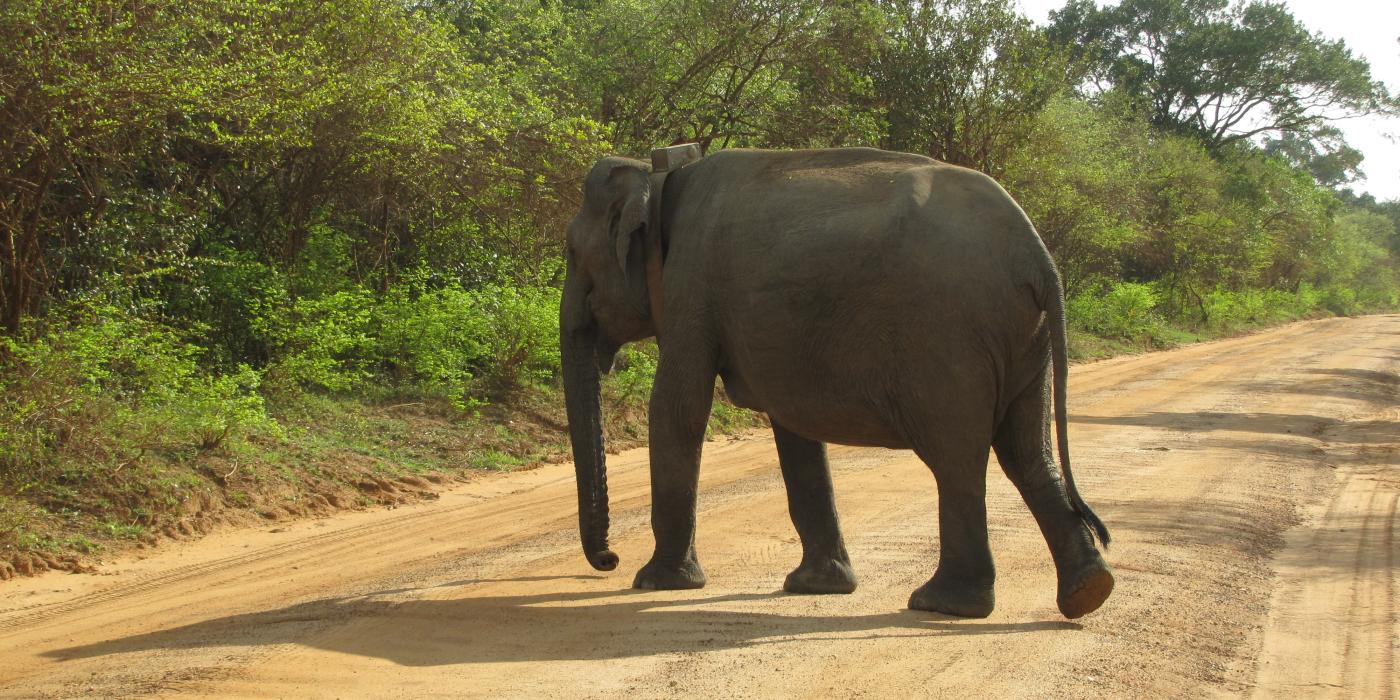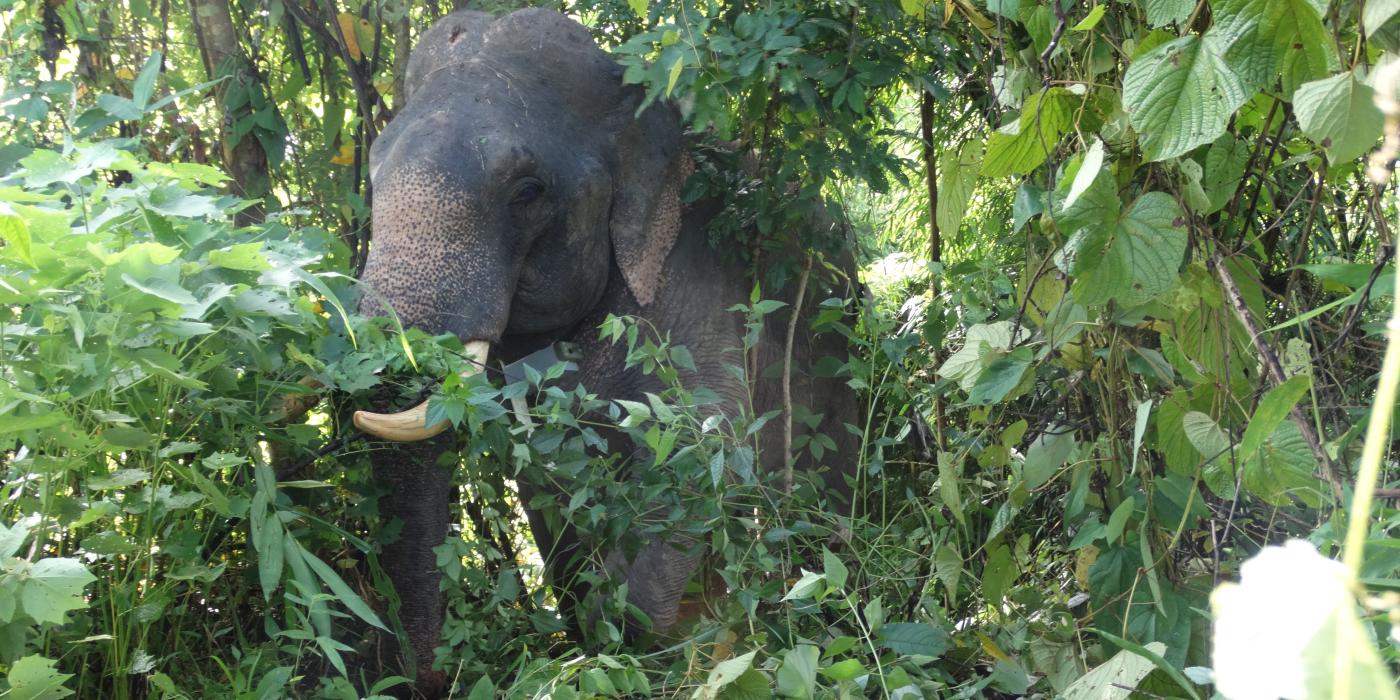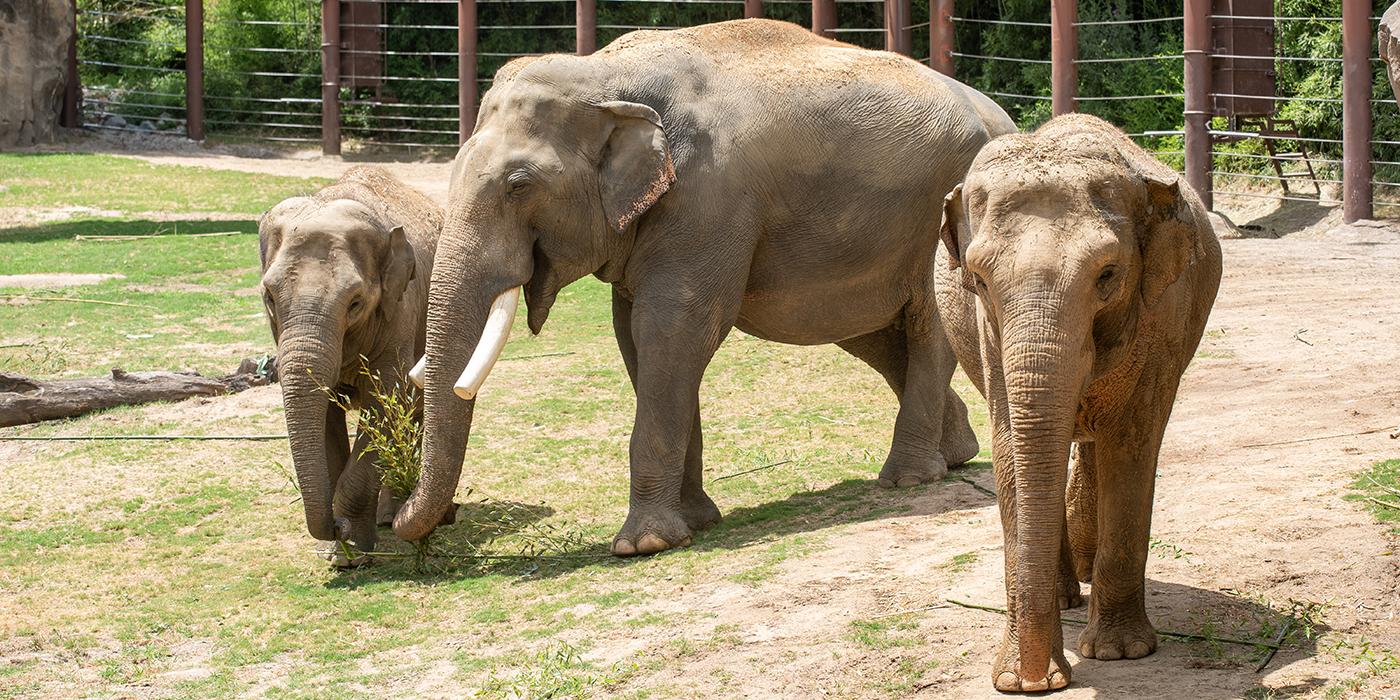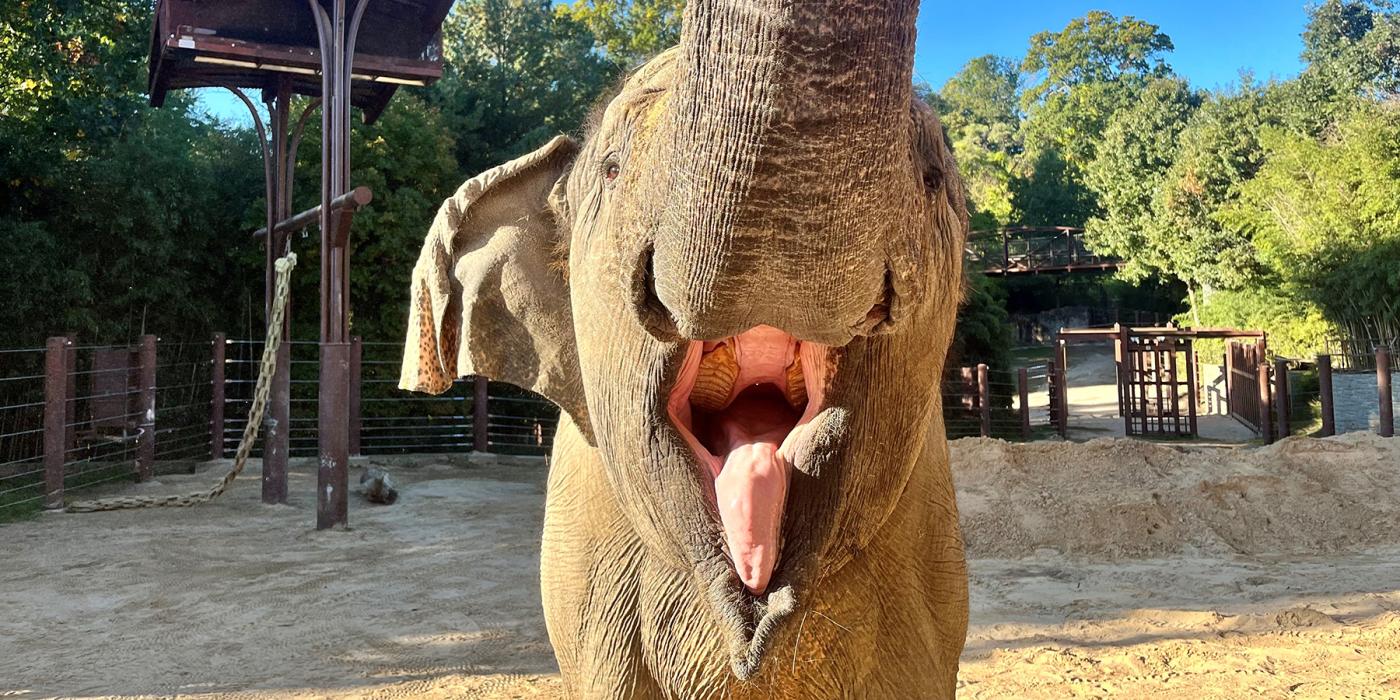A New Tool for Saving Asian Elephants and Other Large Species
Large animals, like the Asian elephants, have evolved to grow and mature at a different rate than many smaller species monitored by organizations like the International Union for the Conservation of Nature (IUCN). At 22 months, elephants have the longest gestation period of any mammal. They hit sexual maturity when they are 10 or 11 years old, but females don’t start having calves until they are 13 and can only reproduce every three to four years. But in reality, most females only reproduce every six years.
Despite their evolutionary tactics of living longer and having fewer calves during their lifetimes, Asian elephants are evaluated with the same lens as species that have shorter lifespans and more offspring. Shermin de Silva, a former James Smithson Fellow, and Peter Leimgruber, research ecologist at the Smithsonian Conservation Biology Institute, may have found an approach for monitoring elephants that takes their specific biology and ecology into account. Their research was published in Frontiers of Ecology and Evolution.
The approach is to take a more focused look at populations, rather than global numbers, and make decisions based on “demographic tipping points,” or the point when the growth rate of a population switches from positive to negative.
A positive growth rate would signify a growing population, while a negative would signal a decline. If the population is declining, it is critical for scientists to identify the causes to help create conservation strategies to combat them. Most Asian elephant populations have already past their demographic tipping points and the populations are in decline.
“The hope is that the approach will bring greater awareness to the status of all populations,” de Silva said. “It should become part of the toolkit, going along with everything else we use. We need more resources to support wild elephants and we need a greater awareness of them as well.”
The current system of evaluating if a species is nearing extinction and needs help does not necessarily raise the alarm fast enough. It takes longer for stress on populations and impacts of conflicts to be felt among species like Asian elephants.
Based on their demographic tipping point, Asian elephants would still be classified as “endangered”— just as the IUCN currently lists them. Before humans, elephants did not have any true predators. Human activities like poaching for their skin and clearing forest for agriculture are driving their populations down faster than they can recover. Ironically, despite their size, Asian elephants are elusive and difficult to find in the dense forests they live in. People may not be aware that herds of elephants are living in a forest until they encroach on their territories.
Conservation strategies to save them should focus on addressing those two main issues. “I hope this approach can be adopted for other species too,” de Silva said.
Related Species:






